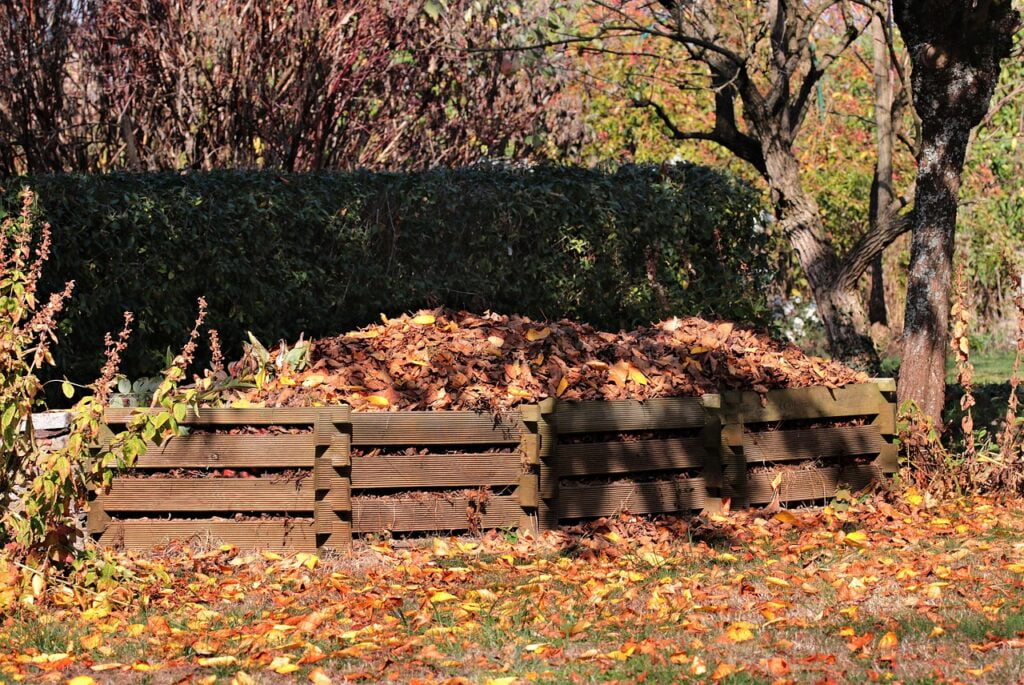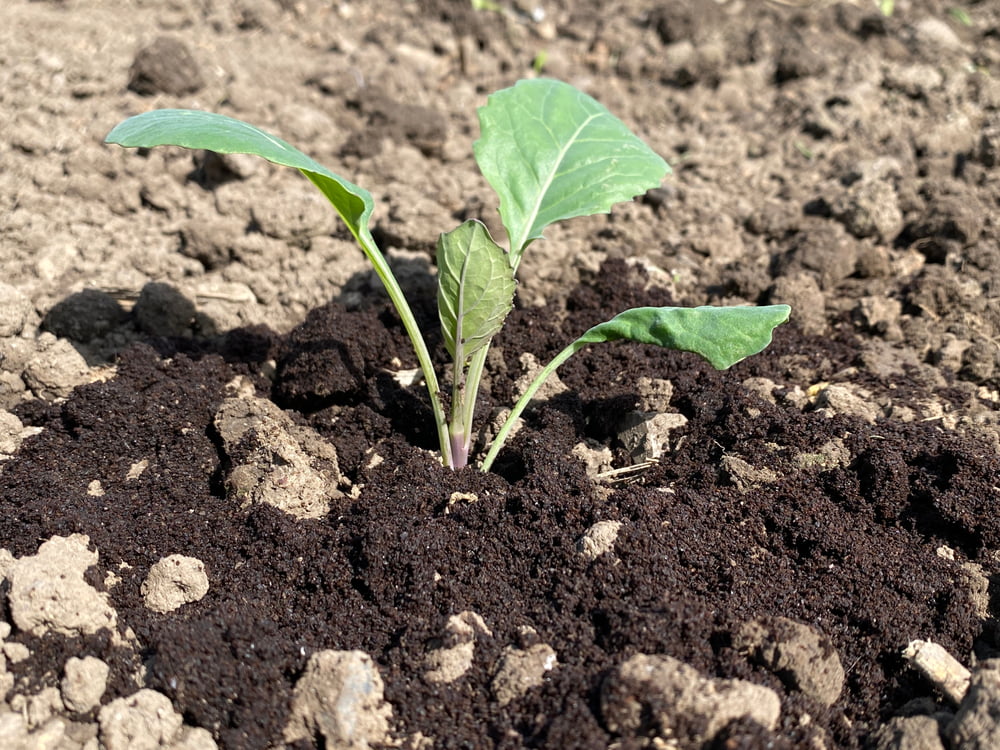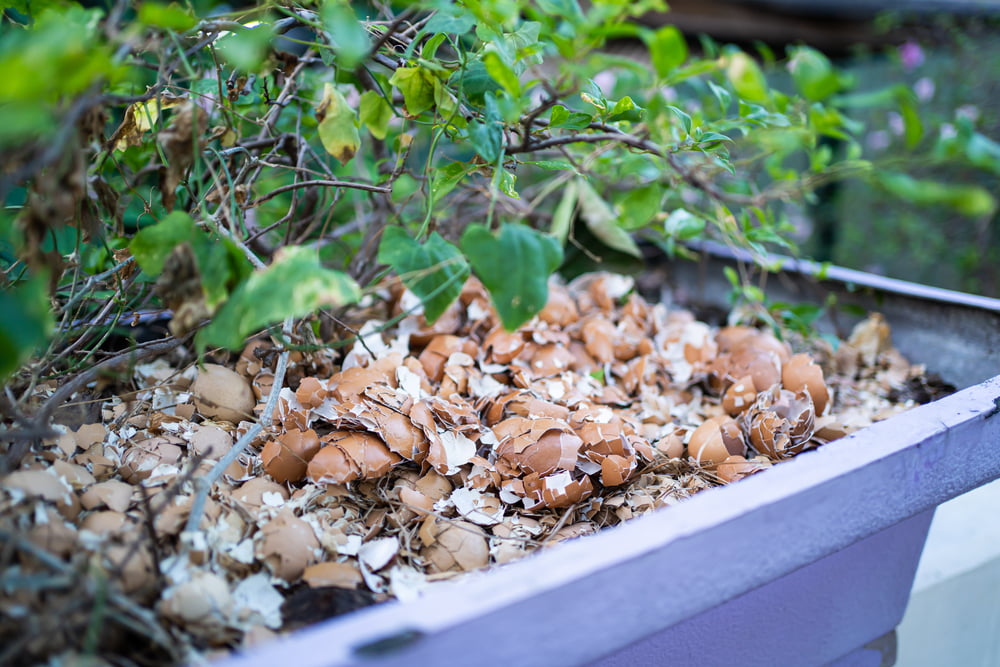In this Article
Spring is beginning to make its presence known, and naturally, many garden enthusiasts are eager to start preparing and planting! Rightfully so, because right now, while it’s still pretty early in the season, it is the ideal time to map out the garden, decide what you’ll be planting, start some seeds inside, and gather your soil ingredients.
For those of us specifically wanting to grow vegetables specially from seeds this year, we’ll want to get a head start by mixing our soil early and making any necessary adjustments. So, let’s talk about how to mix the best soil for growing vegetables.

Important First Steps in Preparing Your Garden Soil
First things first, you’ll want to assess the quality of your backyard garden soil and make any needed improvements.
Soil Testing
If you’re using topsoil from your own yard or an unknown source, you’ll want to get a comprehensive soil test to determine its overall nutrient profile. From there you’ll be better equipped to know what soil additives and fertilisers your soil may need. Testing will also help you learn the pH level of your soil.
pH Level
The ideal pH for growing most vegetables is between 6.0 to 7.0. If your soil tests within this range, you’re all set to move to the next step of mixing your soil and incorporating various admixtures. If not, you’ll need to amend the soil to make it either more alkaline or acidic.
Make your soil amendments right awayor as early as possible. After you’ve reviewed the results of your soil test and know its pH level, you’ll want to immediately begin amending the soil. The reason it is good to prepare your soil now, in advance of planting, is because many soil amendments need time to take effect. Some pH-altering amendments take weeks, others can take months.
Ground Limestone (Calcitic Lime) Assists with Alkalinising
This soil additive is especially important here in the UK, as our soils are often slightly acidic. Garden lime will help alkalinise your soil. Use the finest lime powder you can find, to increase the speed at which it transforms your soil. Pellet-sized lime will take much longer to break down into the soil.
Wood Ash, Seashells, Eggshells, and Bonemeal Will Help Alkalinise
Wood ash and shells are not only a valuable source of minerals and nutrients, but they can also help alkalinise your soil. Crushed eggshells and seashells, specifically, will add phosphorus and calcium to your soil. However, be careful with wood ash, a little bit goes a long way, and too much can burn your plants.
Mix in Baking Soda to Alkalinise
For faster results, use baking soda, as it can increase soil pH in a matter of days. The only drawback is that baking soda may need to be reapplied every few months, as its alkalising effects are short-lived.
Use Sulphur to Acidify
This amendment will help your soil become more acidic. The organisms already present within the soil will convert the added sulphur and make it into sulphuric acid. For best results, use a fine sulphuric powder, as it will break down more rapidly. Even so, it should be noted that you’ll want to give sulphur a few weeks to work its magic.
Epsom Salt in the Garden
If your soil is in need of magnesium and sulphur, Epson salt (magnesium sulfate) is an excellent source, dissolves quickly, and is readily purchased at most garden supply stores.
Incorporate Gypsum to Acidify
This soil amendment is useful for providing sulphur as well as calcium. It can also help improve the constitution of heavy clay soils by facilitating improved drainage and aeration. Also note, that gypsum takes a long time to transform your soil. For this reason, it should only be added once a year, and be sure to test your soil again before each application.
The Best Soil Admixtures for Growing Vegetables
When mixing your soil, you’ll want to start with the right foundation. Now that you’ve tested your soil and know its pH value, you’ll want to make sure it has the right structure and composition. Vegetables prefer loamy garden soil, as it provides the best base for your soil mixture.
How Do I Make My Soil Loamy?
The reason loam soil is ideal for growing vegetables is because it facilitates good drainage and optimises moisture control.
Essentially, loam is a mixture, in equal proportions, of clay, silt, and sand. Fine clay helps hold your soil together. Silt, which is a little coarser, helps break up the clay. Silt also makes your soil easier to handle, provides plants with a more usable growing structure, and enables the soil to break apart easily. Sand, comprised of the largest particles, promotes good drainage and improved aeration. All these elements work together to create the best soil, optimised for growing vegetables. However, in addition to loam soil, below are a few basic ingredients you’ll want to consider adding to your spring garden soil mix.
Coconut Coir
This organic growing medium is sustainably derived from the coconut industry and has a neutral pH. Nowadays, coconut coir is often chosen over peat moss for environmental reasons. Coconut coir will make your soil lighter, fluffier, and more manageable. Vegetables enjoy growing in it because their roots can easily spread and find nutrients. Coconut coir also helps manage optimal soil moisture while also allowing for good drainage and aeration.
Perlite
If you’ve ever seen those little white granules in commercial garden soil, you were probably wondering what they are and what purpose they serve. Well, they are tiny perlite rocks. Perlite is a natural material derived from expanded volcanic glass. The reason it is a valuable admixture is that it helps capture moisture and aerate the soil. Perlite is able to do this because each piece contains microscopic holes all over its surface, much akin to lava rock, but on a smaller scale. Adding about 10% is optimal for garden soil.
Compost
This soil additive and fertiliser is comprised of nutrient-rich organic matter. This exceptional gardening material can be derived from backyard compost piles or made commercially en masse. It often includes decomposed agricultural and/or animal waste. On a smaller scale, it may include kitchen, yard, or garden waste. Once you’ve mixed compost into your soil, try to let it rest for a couple of weeks so the compost can continue to break down and release micronutrients into the soil. You can mix compost with loam at a 1:1 ratio for an ideal vegetable-growing environment.

Coffee Grounds
Drink coffee? Don’t throw out those coffee grounds. Instead, save them for the garden. If you don’t drink coffee, not to worry. Numerous coffee houses are happy to give you their used grounds and often save them specifically for gardeners.
A moderate amount of coffee grounds may be a useful soil additive to help fend off slugs. In fact, the caffeine in coffee is poisonous to slugs. However, coffee grounds should never exceed 20% of your soil constitution, as too much of a good thing can turn toxic, and your plants may suffer. Also, only use coffee grounds with older and more mature plants.
Additionally, coffee grounds contain small amounts of potassium, phosphorus, manganese, calcium, nitrogen, copper, iron, magnesium, zinc, and many other micronutrients that feed microorganisms in the soil.
Coffee grounds can also be used in conjunction with mulch as a base layer. Simply place the coffee grounds down first (on the surface of your garden bed) and then cover with your desired mulch material. Also note, that in terms of acidity, coffee grounds have a nearly neutral pH after brewing.
Fertiliser
When applying fertiliser, choose one that is high in primary nutrients like nitrogen, phosphorus, and potassium. When using a premixed and storebought kind of fertiliser, look for an NPK ratio of 10-10-10, as it is good for growing vegetables in general. However, after doing a soil sample, you’ll have a better idea of the specialised nutrient ratio individual vegetable plants might need. You can fertilise your vegetable patch about every 4 to 6 weeks.

Mulch
Think of mulch as the topmost layer or dressing for your soil bed. Mulch is a layer of organic matter, often derived from wood pieces or bark, that helps lock moisture into the soil. Mulch reduces evaporation by directly blocking the sun and wind from surface soil. In addition, mulch will help lessen the prevalence of weeds and can slowly add nutrients to the soil over time.
Conclusion
In summary, to cultivate happy vegetables this growing season, sow your seeds into sandy loam soil with lots of organic matter like compost added in.
Growing vegetables at home and cultivating a thriving edible food garden has become super popular, and for good reason. It likely has something to do with having a veritable grocery store in the backyard, which can be a great source of joy, comfort, and convenience for many.

